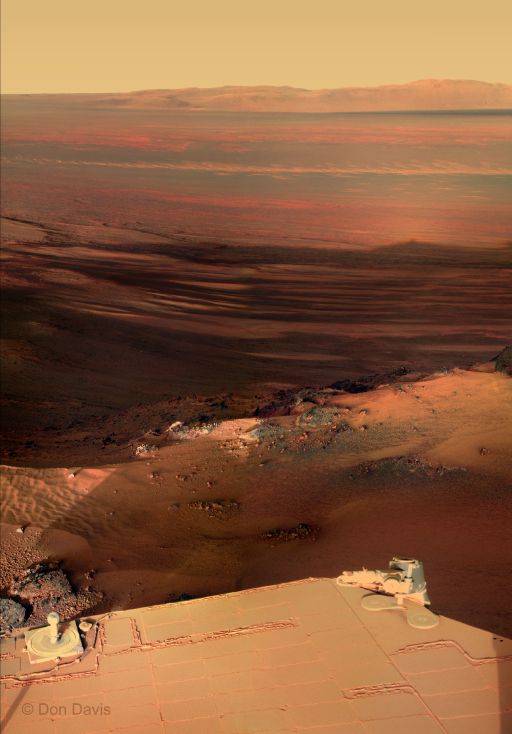In light of this article (and many more political theories), one could easily correlate this to certain political ideologies that tend to favour education for the select (rich) few and leave the vast majority uneducated, thus easily manipulated, even by the worst dumbass in history.
The democratic process relies on the assumption that citizens (the majority of them, at least) can recognize the best political candidate, or best policy idea, when they see it. But a growing body of research has revealed an unfortunate aspect of the human psyche that would seem to disprove this notion, and imply instead that democratic elections produce mediocre leadership and policies.
The research, led by David Dunning, a psychologist at Cornell University, shows that incompetent people are inherently unable to judge the competence of other people, or the quality of those people’s ideas. For example, if people lack expertise on tax reform, it is very difficult for them to identify the candidates who are actual experts. They simply lack the mental tools needed to make meaningful judgments.
Read the rest of this fascinating article on People Aren’t Smart Enough for Democracy to Flourish, Scientists Say – Yahoo! News.











